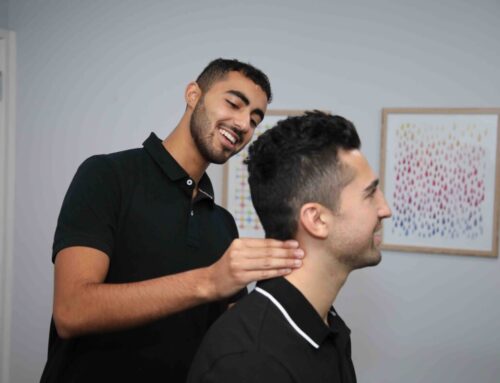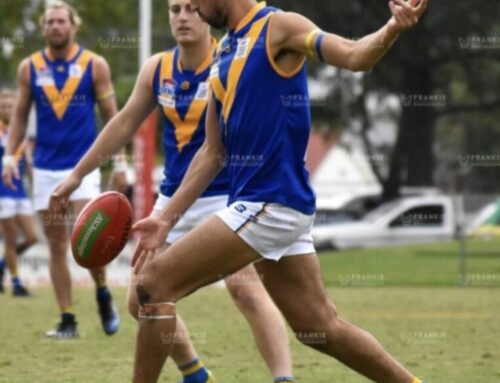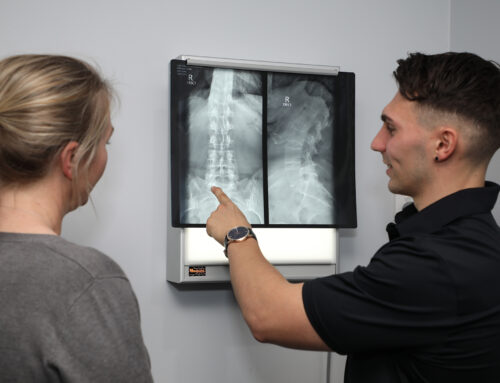Nothing gets our blood boiling like sitting at a standstill in traffic! But even worse than that is if an impatient driver decides to ram up the back of you, causing your head to bounce off the head rest like a pin ball machine. Ouch… I know!
What is Whiplash Associated Disorder?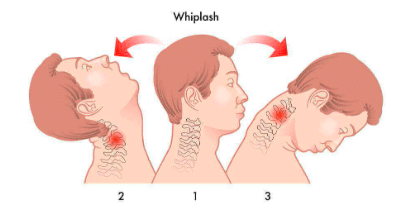
This is known as whiplash, or as the medical term states; Whiplash Associated Disorder (WAD). Essentially, this is when your neck whips back and forth suddenly, usually because of an unexpected event such as a car crash. What many people may not realise is that the pain may not manifest straight away.
After a traumatic incident it is vital to get checked out to prevent having long term issues! 20-40% of people who experience whiplash tend to develop long-term symptoms, that are not easy to get rid of.
Symptoms of Whiplash Associated Disorder
Some of the common things you might experience if you have whiplash include headaches, dizziness, blurred vision, neck pain and stiffness. That being said, everyone experiences whiplash differently. If managed well, whiplash usually resolves between a few days to a few weeks.
How do you get diagnosed with WAD?
Well, it comes down to a few different factors. There are four different levels of severity.
Grade 1 involves a neck complaint with pain, stiffness, and tenderness.
Grade 2 involves the same with noticeable changes in movement restrictions and tender points.
Grade 3 involves potential nerve related issues which brings on signs such as numbness, tingling and/or shooting pain.
Grade 4 is the most concerning and this involves the neck complaint AND a potential fracture or dislocation of a bone in your spine. This is a very serious injury and needs to be managed very delicately due to the chance of spinal cord injury.
If you are ever in a situation where you experience severe trauma to the head and don’t feel well, make sure you medical advice immediately. The outcomes, if left untreated, can be fatal!
Luckily for us, there are easy-to-follow steps in order to work out how severe your neck injury is.
Assessing your Injury
It is always prudent to be more cautious in the beginning – so immobilising the neck is the safest course of action immediately following a neck trauma.
Once the doctors have rule out a fracture and it’s safe to treat you, you may be asked to turn your head. get evaluated based on those four gradings of WAD. If pain allows it, range of motion in the neck can give a good indication of what grade of injury you may have sustained, along with the associated signs and symptoms, such as numbness in your upper body.
Should I Have Scans Done?
If you have suffered a grade 1 or 2, you don’t need any special imaging. However, if you’re deemed 3 or 4 it’s slightly more serious and you may be sent off to get a scan.
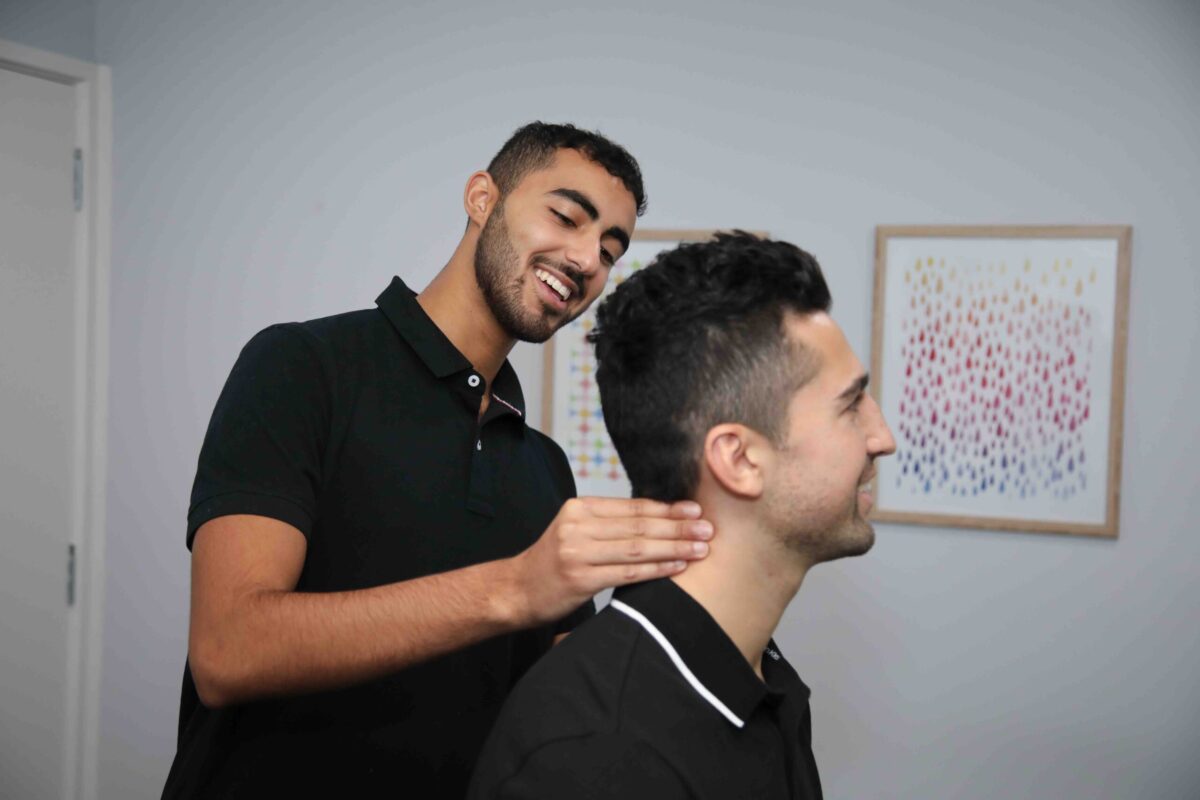 What Can I Do If I’m Still in Pain?
What Can I Do If I’m Still in Pain?
Once a lower grade injury has been confirmed and you are suffering neck pain, Osteopathy may help.
WAD can often cause muscle, ligament and joint damage so your osteopath may do some gentle massage, stretching, joint articulation and provide advice on rehabilitation exercises.
You can make an appointment at Pakenham Osteopathy. Click here to book online or call us on 5941-4157. If you have any questions, please feel free to email me directly at kamal@pakenhamosteopathy.com.au. Thanks for reading!

